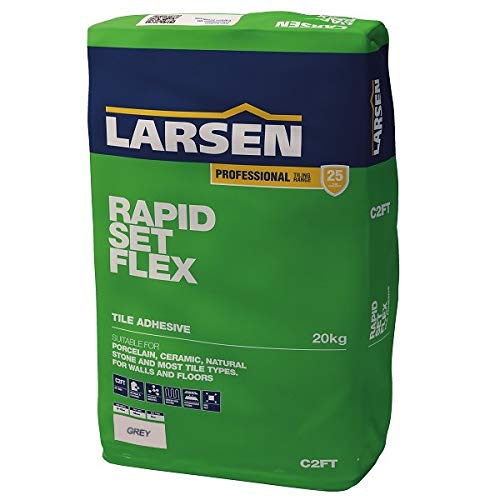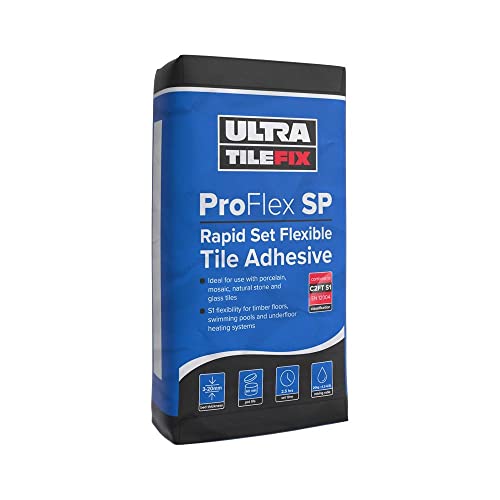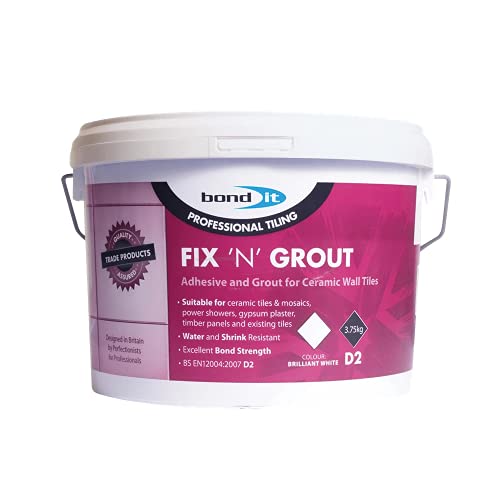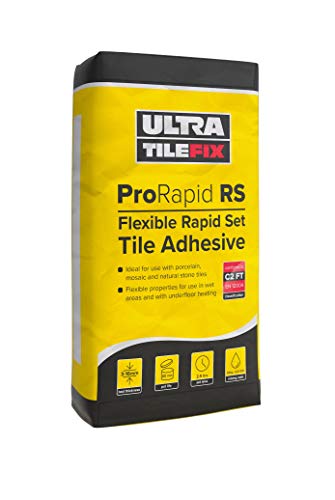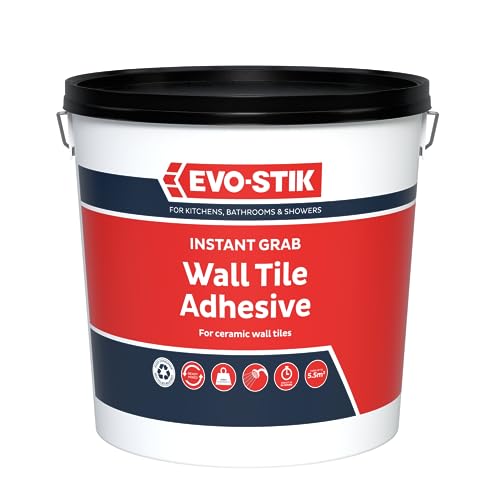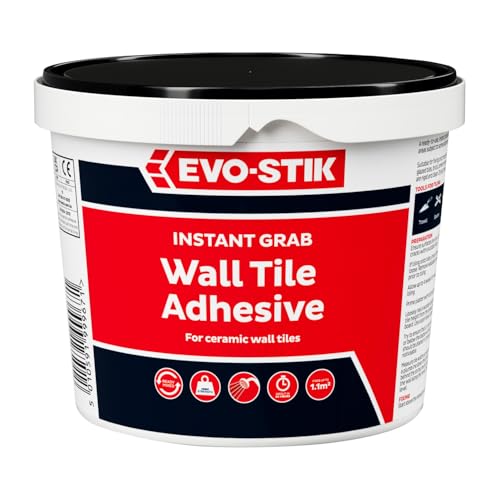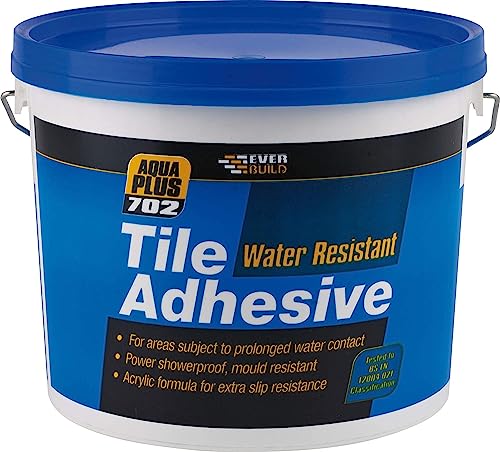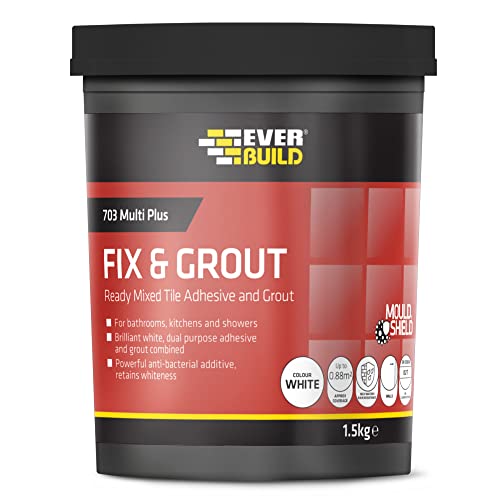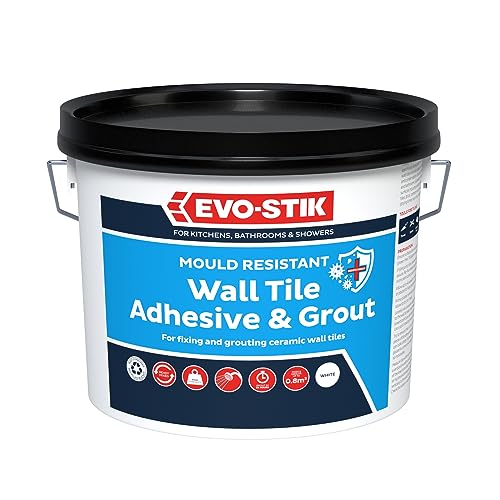Understanding Tile Adhesive: The Basics We Need to Know
What is Tile Adhesive?
Tile adhesive is the material used to bond tiles to surfaces such as floors and walls. Think of it as the glue that keeps your beautiful tiles in place. It’s vital to understand what tile adhesive is because the right choice can dramatically influence how well the tiles stick and how long they last.
The Different Types of Tile Adhesive
There are several types of tile adhesive, each designed for specific materials and applications. For instance, cement-based adhesives are popular for their versatility and strength, while mastic adhesives are super easy to apply and are ideal for dry areas. Recognizing the differences can help us select the best adhesive for our particular project.
Choosing the Right Type of Tile Adhesive for Your Project
Assess Your Tiles and Surface
Before we make a choice, we need to consider both the type of tiles we are using and the surface they will be applied to. For ceramic or porcelain tiles on a concrete floor, a thin-set cement adhesive would be a suitable option. If we’re working with more porous materials like natural stone, we should opt for a modified adhesive to ensure a stronger bond.
Project Specific Needs
If we are tiling in an area exposed to moisture, such as a bathroom or kitchen, selecting a waterproof adhesive is crucial. Conversely, for an outdoor project where temperature fluctuations are a concern, choosing a flexible adhesive can help prevent cracking. Understanding our environment allows us to make an informed choice.
Applying Tile Adhesive: Step-by-Step Guidance for Successful Results
Preparation is Key
Before applying the adhesive, we must prepare our work area. This means ensuring the surface is clean, dry, and free from debris. A well-prepared surface promotes better adhesion and minimizes the risk of issues later on.
Mixing and Using Adhesive
For powdered adhesives, follow the manufacturer’s instructions for mixing. Achieving the right consistency is essential; too thick may not stick well, while too runny could lead to slippage. Once mixed, we can apply the adhesive using a trowel, spreading it evenly across the surface.
Tiling Process
After applying the adhesive, it’s time to set our tiles. We should press each tile firmly into the adhesive and twist slightly for an even bond. Spacers can help maintain consistent gaps between the tiles, ensuring a professional finish. Once laid, avoid walking on the tiles for at least 24 hours to allow the adhesive to cure properly.
Common Mistakes to Avoid When Using Tile Adhesive
Ignoring Product Specifications
Every tile adhesive comes with specific guidelines regarding application, drying times, and ambient conditions. Skimming over these details can lead to trouble down the line. We should always take the time to read and follow these instructions closely.
Overworking the adhesive
Applying too much adhesive can cause the tiles to slip or result in uneven surfaces, which could compromise the finish. It’s better to work in manageable sections, ensuring even coverage and a solid bond.
Caring for Your Tiles: How Tile Adhesive Plays a Role in Longevity
Importance of Proper Adhesive for Durability
The type of adhesive used significantly impacts the longevity of your tiles. A quality adhesive designed for the specific tile and its environment ensures that the tiles will withstand moisture, temperature changes, and regular wear and tear.
Regular Maintenance
Even the best tile adhesive can be affected by neglect. Routine cleaning and maintenance of the tiles and grout will not only preserve their appearance but also limit moisture penetration, which can weaken the adhesive over time. Taking care of our tiles is essential for ensuring they last as long as possible.

